Two of Japan’s biggest companies came together some two and a half years back to develop an electric vehicle. Sony Honda Mobility has now unveiled its first model, a four-door fastback saloon that's packed with AI and even a computer graphics game engine.
First unveiled as a prototype sedan at CES 2023, Sony Honda Mobility chief executive Yasuhide Mizuno introduced the world to the Afeela brand, saying that it represented “a new relationship between people and mobility.”
This is much more than a Honda vehicle development project with minor input from Sony. In fact, it's a 50/50 collaboration that's covered in both of the company's fingerprints. So, it goes without saying that the car will be loaded with tech.
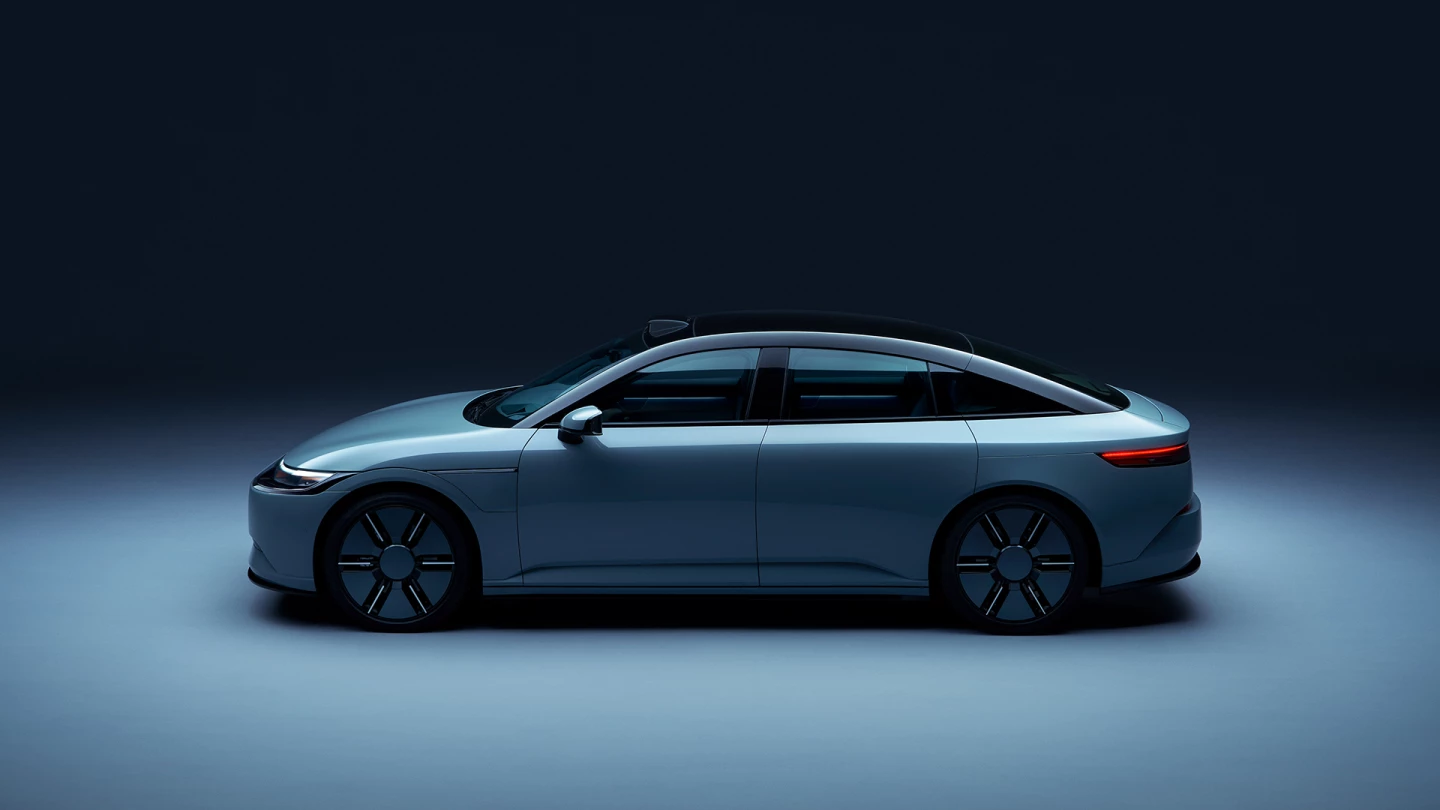
Two electric motors, one on each axle, generate 241 horsepower (180 kW) to power the all-wheel drive vehicle. No rating for combined horsepower has been made public just yet.
Beneath the floorplate of the Afeela EV is a 91-kWh battery pack that's compatible with 150-kW fast charging. Although unconfirmed just yet, the vehicle could offer a range of 250 - 275 miles on a single charge – based on calculations made by Tech Radar's Lance Ulanoff after he recently got to see the prototype in the flesh at the Classic Car Club hanger on Manhattan's West side. This would put it on par with the Tesla Model 3.
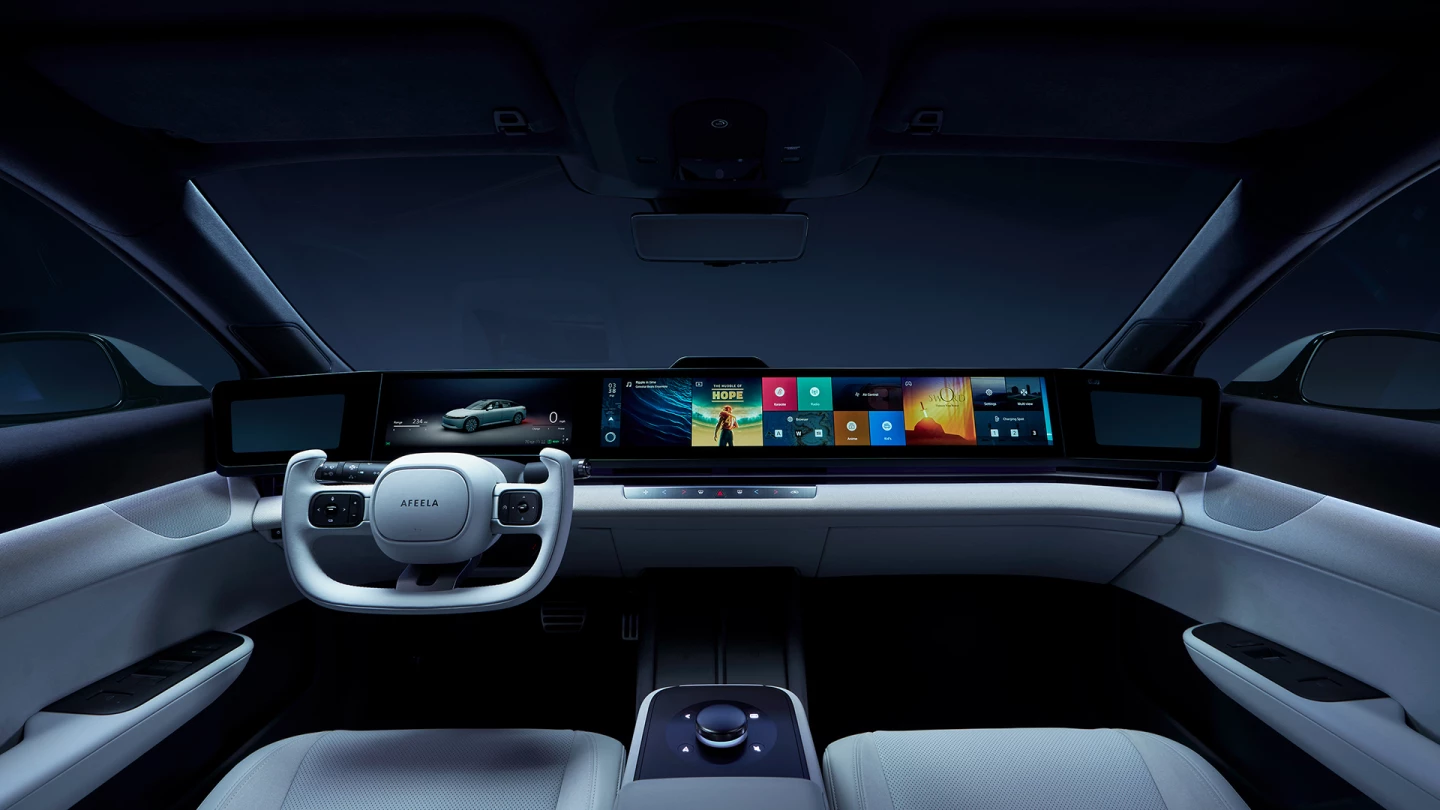
According to Yasuhide Mizuno, the prototype is outfitted with 45 cameras and sensors both inside and outside the car to ensure security and safety. Inside the cabin, the system will continuously track the driver’s activity to avoid collisions.
Qualcomm's Snapdragon Digital Chassis technology will be used in the production model, giving the car the ability to execute up to 800 trillion actions in a second. It would give drivers the access to sophisticated artificial intelligence systems, improved personalization, among other fancy features.
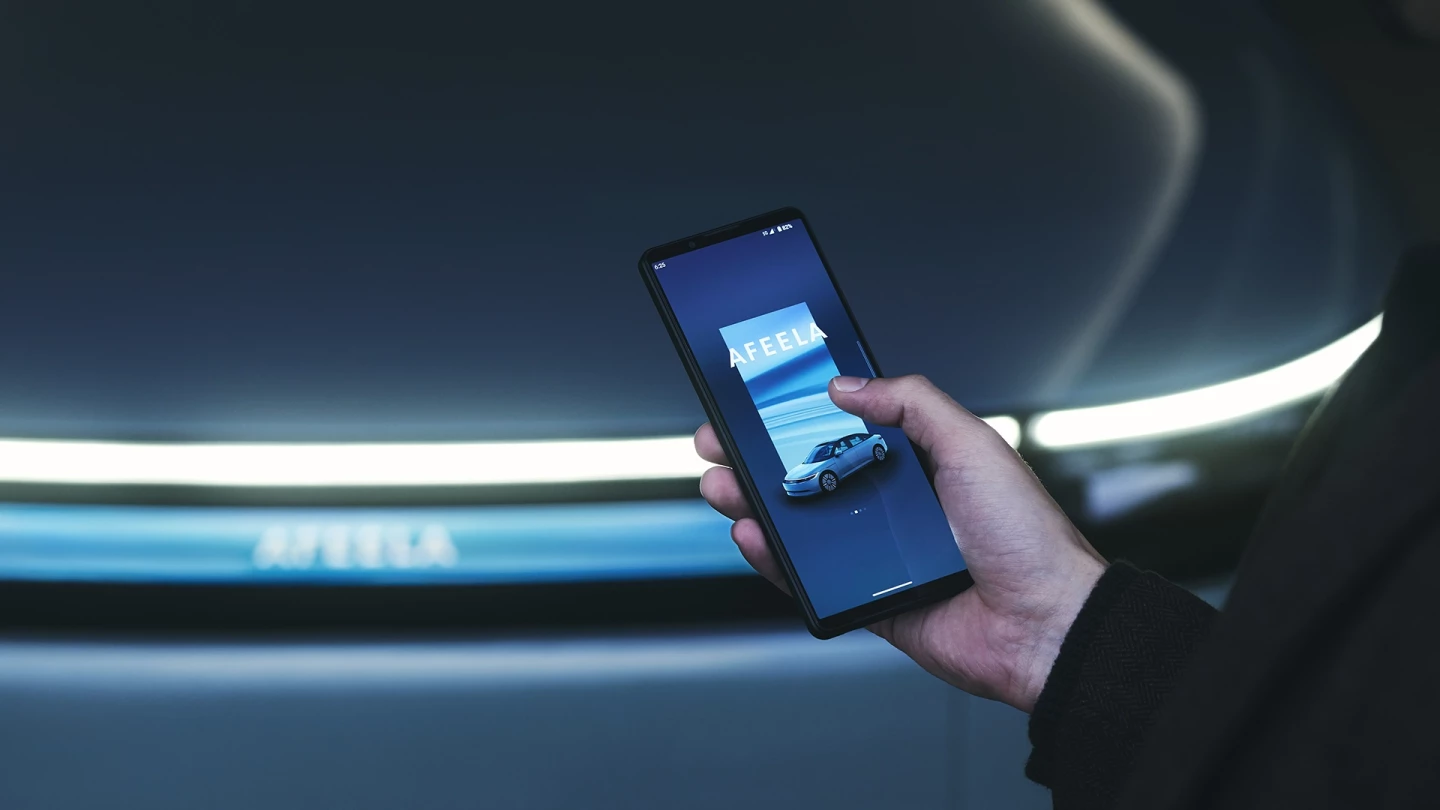
The Afeela EV doesn't get any door handles. Instead, the car door automatically opens as you get closer by communicating with the companion app on your phone. If automatic isn’t your thing, physical controls are also offered, which are tucked away next to each window. From inside, the car door can be opened and closed using a button on the door.
Once inside, there's a Tesla Model S-like U-shaped yoke-style steering wheel, and the seat will automatically move further up and the steering wheel will lower down as per your desired height. A rotary controller in front of the center armrest gives you access to the car's fully digital dashboard, while the a pair of screens on the dash provide you with a comprehensive view from each side of the car. The rearview can alternate between a rear camera stream and a regular mirror.
There’s enough room for five occupants, a large panoramic roof creates a “cocoon-like atmosphere” and plenty of ambient lighting floods the cabin. Passengers in the rear are also treated to individual screens positioned on the back of each front seat. And there's what Sony Honda Mobility calls Ridevu, an in-car entertainment system that allows you to access and stream hundreds of feature films from Sony Pictures Entertainment's premium content collection at your will.
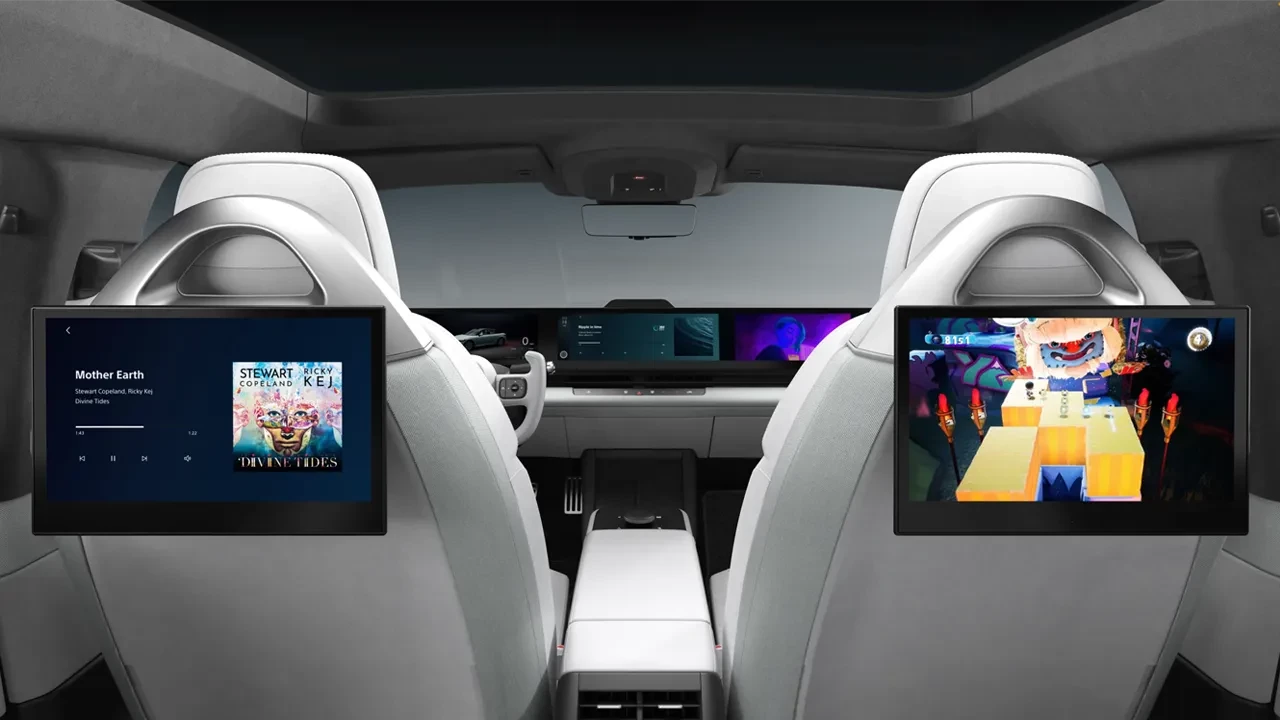
The electric sedan will continuously monitor and track your inputs in a bid to learn about you and make adjustments. And no, that's not just limited to throttle response. For example, through access to a calendar app running on a paired smartphone, it would go as far as detecting if you have a meeting on a particular morning and change your daily commute routine, suggesting a quicker route to ensure you arrive on time.
Interestingly, the car will also incorporate Epics Games' Unreal Engine, a 3D computer graphics game engine. "The most natural way to visualize important data within the car is through intuitive interactive photo real augmentation, which is what Unreal Engine does best," said Kim Libreri, Chief Technology Officer at Epic Games.
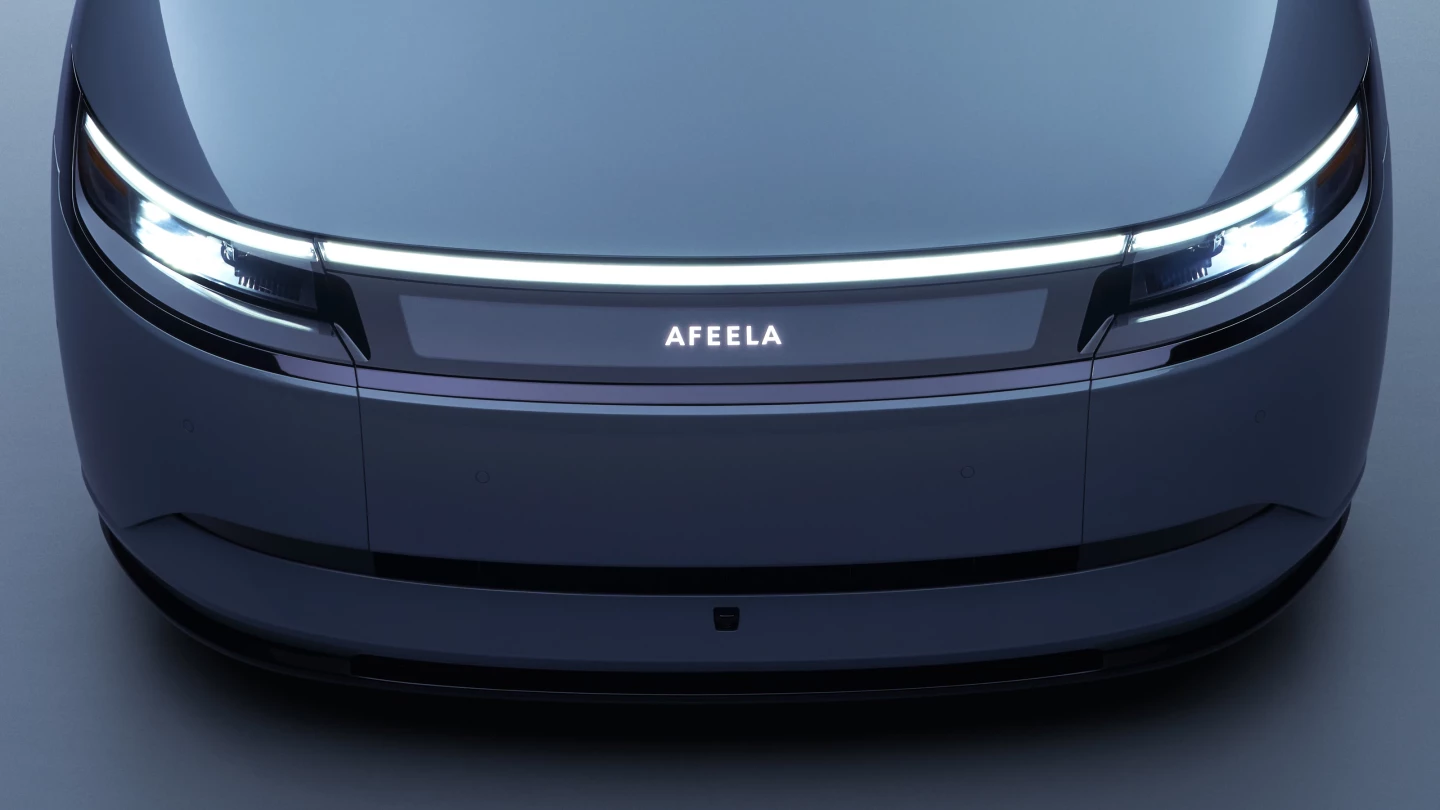
On the outside, the car's dimensions are comparable to those of the Hyundai Ioniq 6. It sports a clean roofline, digital mirrors, 21-inch black alloys, and a ‘media’ light bar on the front fascia that enables communication with other drivers and the sharing of essential data. According to the company, the car will be supported by a staggered tire arrangement with bigger rubber at the back plus an air-spring suspension system.
As of now, it is hard to tell you how it will drive, how fast it can go from 0 to 60 mph and its top speed, or how the driver and passengers will use all of those in-cabin features in the real world.
Although Sony Honda Mobility has not yet disclosed the production model's exact name, the four-door fastback saloon will go on sale at the end of 2025 after going up for pre-order in the first half of the year. In North America, deliveries are planned for the spring of 2026.
Source: Sony Honda Mobility











